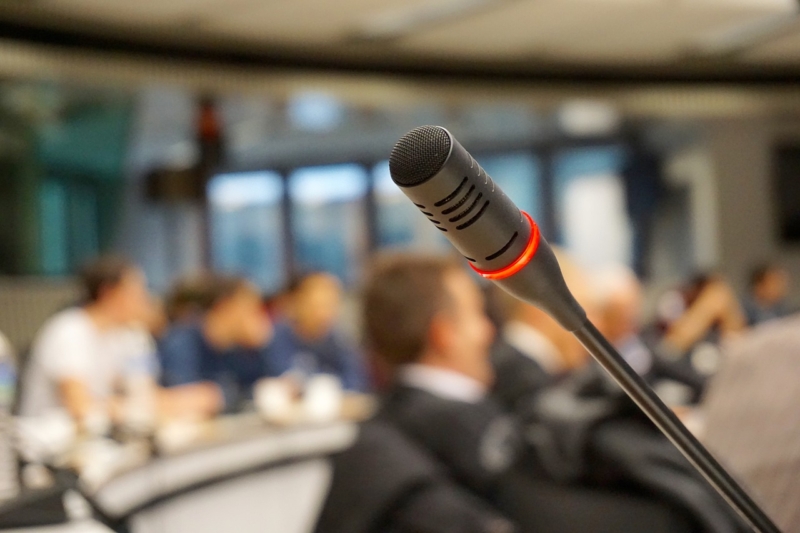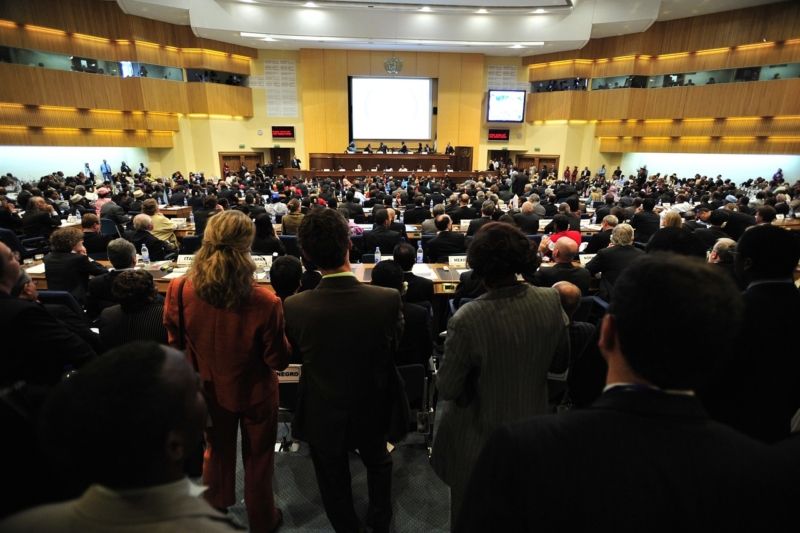
A well-planned ending helps your message stick and pushes your audience to act. Backed by data from recent surveys, public speaking experts, and corporate studies, here are the most effective ways to close a presentation in 2025.
Table of Contents

People remember what you repeat with purpose. Studies from Prezentium show that 65 percent of attendees recall the final message on a presentation slide, compared to only 28 percent for points from the middle of the talk. Presenters who highlight three concrete points in their summary see 58 percent better recall (SlideUpLift, 2024).
The best closings do not rehash every detail. Keep your recap to three or four main points, making each one relevant to your core theme. Start with your strongest takeaway. Use direct phrases like:
Follow this with a strong, conclusive statement. For example: “In summary, these steps position us to achieve the 2025 targets we set together.”
Research also found that using visuals during the final recap boosts retention by 72 percent. Tools such as chart overlays, comparison tables, or a brief checklist on the last slide help people lock in what you said. Large brands like Apple and Tesla use a roadmap or timeline graphic on their closing slide to show next steps clearly. In a survey by SlideModel, 87 percent of viewers said this made company launches easier to remember.

People need direction after the facts. Data from Benjamin Ball Associates shows that presentations closing with a clear call to action increased stakeholder approval by 34 percent compared to generic endings. A good call to action tells the audience what to do next, who needs to act, and by when. Sales data from Showell noted a 41 percent boost in conversions when closing slides said: “Schedule your free call by Friday to access preferred rates”. Precision wins over vague encouragement every time.
For business presentations, list responsible parties, concrete actions, and time frames. In product demos, use countdown timers or sign-up links (“Register before Friday—only 25 seats left”). For academic talks, close with a directive such as “Contact our lab for collaboration opportunities,” or a data request (“We seek partners to validate this survey with new regional studies”).
Quick tip: Use “you” language. Instead of “Next, action items include…”, say, “Your next steps are…” Talaera analysis found this approach produced 2.3 times more follow-ups.

Reconnecting to your introduction gives closure and satisfaction. TED Talks trainers call this the “Loop Technique”—come back to your opening question, quote, or story. Audiences rate presentations higher when they feel the conclusion addresses the first question posed.
A full-circle ending could include:
MIT found researchers ending with “unanswered questions” or future collaboration asks increased follow-up contacts by 43 percent. The key is to show a journey’s completion or next step.
In product and brand launches, Steve Jobs famously closed with “one more thing,” looping back to themes introduced in his opening. According to SlideModel’s tracking, 87 percent of surveyed viewers remembered brands that closed with a call-back to the first slide.

Closing with a quote or a story can drive your point home, but it needs to match the topic and stay fresh. SlideUpLift found that short, credible quotes under 12 words increase perceived trust (53 percent rating in 2024 tests). Avoid clichés; Only 8 percent of surveyed audiences connect with famous phrases like “Think different.” By contrast, niche or domain-specific quotes resonate 71 percent of the time, such as quoting Greta Thunberg for climate talks.
Modern audiences want a story that fits. Case studies from 2024 showed that stories highlighting real challenges and concrete outcomes stick best. In senior pitches, sharing how one client used the product and saw a stated result (with permission) gets higher recall.
And for pure data talks, consider ending with a short human story tied to findings, such as a customer’s feedback quote.
Visuals also matter. TED Talks analysis found that talks ending with a full-screen image, no text, held attention twice as long, with social shares doubling (TED 2025 review). Product launches showing the newest feature in action get 54 percent more replay requests (Showell 2024 data).
Quick tip: Test your quote or story with someone outside your field first. If they connect, your audience probably will too.

Many presenters finish with Q&A, but data says this can weaken your close. Benjamin Ball’s 2024 review found that ending directly with Q&A leads to 78 percent of audiences missing your main points. Instead, place Q&A near the end but follow up with a final, prepared closing statement. Suggested structure:
This keeps you in control of your message. Leave the room with your own words as the last note.
You can also keep people thinking by posing an open question in your closing line. Psychology studies show that such questions, when targeted, keep an audience engaged 37 percent longer. Good examples:
Interactive polling also boosts engagement. At the Collaboard 2024 summit, adding a live closing poll (e.g., “Which of these actions should we prioritize next?”) raised engagement by 89 percent.

New technology helps prepare stronger conclusions. Presentation software now includes AI-powered closer functions: Tools like Visme’s AI Closer review your script and generate CTA-focused endings, reported to cut slide prep time by 63 percent in early user surveys (2025).
Large, silent slides with only an image—no text—are on the rise. TED 2025 found that 40 percent of well-rated talks used such visuals for the last 8-10 seconds, which doubled audience social media shares.
Body language is also key. Open-palm gestures in the final minute produce higher trust ratings, as observed through video analysis at Collaboard’s summit, where such speakers were rated 22 percent more trustworthy. Rehearse your ending and make your exit steady and polite to leave a professional impression.
A software founder introduces a product with a story, summarizes the three most requested features, then ends with, “Now let’s schedule your free trial call before Friday to lock in our limited launch price.” This sequence raised conversions by 41 percent over those who used a generic “Thank you” outro (Contra, 2025).
A neuroscientist closes by summarizing new data, sharing a short story about a breakthrough study, and ending with, “Contact us if your lab is running similar trials; partnership is our next step.” This prompted a 43 percent increase in post-talk collaborations (MIT study, 2024).
A marketing lead closes with a full-screen visual of the product in use, followed by: “Earlier, I asked how we could double productivity. With this tool, you have the answer.” Attendees in SlideModel’s survey were 87 percent more likely to recall the launch.
People leave with the last thing you say. To make your close memorable, recap key points, use direct action language, reconnect with your opening, and deliver your final message with purpose. Strong conclusions mix evidence, story, and clarity without overcomplicating the message. Plan and practice these six approaches to set your next presentation apart.

Francisco is VP of Growth at Growing Search, with over 15 years leading SEO for high-traffic brands like Shopify and MindGeek. He focuses on helping global companies grow through search, especially Shopify Plus merchants. His background spans eCommerce, SaaS platforms, and multilingual SEO. He’s spoken at SEO conferences across Europe and North America and served on award juries. Francisco’s approach is practical, technical, and shaped by work on some of the most visited websites in the world.
